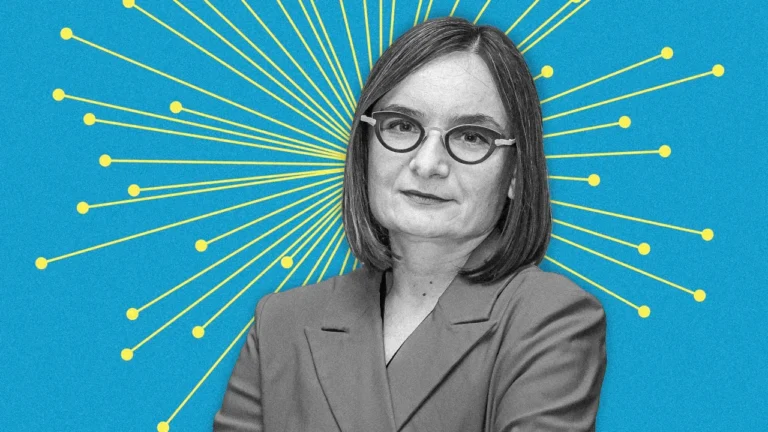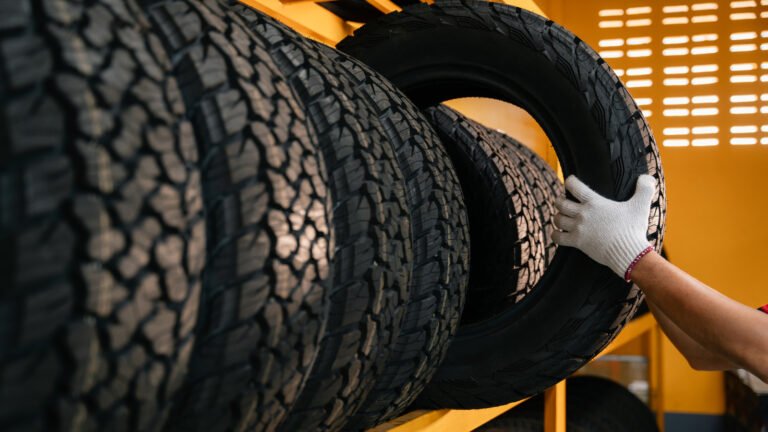
When I open TikTok as a twentysomething-year-old working a nine-to-five, there’s a good chance I’ll find “5 to 9” videos showing variations of what a young professional’s day looks like—what my day should look like. I both love and hate them.
“CorporateTok” is abound with what some professional Gen Z workers are up to from sunup to sundown. There are 5 a.m.-to-9 a.m. workouts, healthy breakfast smoothies, morning reading sessions, time-stamped work hours, and even full 6 a.m.-to-11 p.m. routines combining it all, from the morning workout to dinner with friends to end-of-night skincare regimens.
This trend is seemingly in line with Gen Z’s obsession with work-life balance. But in actuality, it could be counteracting the efforts Gen Z has put toward slowing down. They’re logging off of work just to log back on and see how productive everyone else is being.
According to a Talker Research poll, burnout is happening earlier than ever, with Gen Z and millennial adults reporting an average high-stress age of 25, compared to the past peak burnout age of 42 for older generations. Gen Zers have become infamous for their insistence on work-life balance, whether through “micro-retirements” or in-office hookup spaces. The problem is, it may not be just work that’s burning them out.
A 2022 McKinsey study found that Gen Z is more negatively affected by social media than older generations. Gen Zers also report checking their social media more frequently than their older counterparts. More than a third (35%) say they spend more than two hours per day on social platforms; less than 25% of older generations say they spend more than two hours per day on social media.
In particular, videos emulating the “perfect corporate routine” could be compounding the younger generation’s unprecedented rates of burnout and negative self-perception. Gen Z is living in a world of constant comparison to impossible standards.
“For some people . . . social media is showing them all these reminders that you need to be constantly working or grinding,” says Angela Yuson Lee, a PhD candidate at Stanford University who studies Gen Z.
“You’re seeing that it’s not just that you could be this really amazing corporate boss, but you could also be a really beautiful and successful influencer, or you could be a really incredible athlete or bodybuilder,” Lee adds. “It’s like seeing the best and . . . the most impressive kinds of people in any given line of work being represented more on social media than you would see in the everyday world.”
The rise of the “everyday” influencer
However, not everyone is buying into the ultra-productive five-to-nine routines that are being hyped up on TikTok. Some influencers are trying to find a middle ground.
Chiara Lucia, 23, works a nine-to-five job in New York City. But in her free time, she is a content creator with 77.6K followers on TikTok and 4.27K on YouTube.
Glitzy portrayals of PR events, high-end dinners, and endless Equinox classes rarely make an appearance in her videos. Instead, you’ll find videos like “my 5 to 9, after my 9 to 5” and “no spend days” among her most popular content. She says most of it is inspired by her own desire to take a break from her traditional routine and maintain a creative outlet.
“My content became more about relatable content like working, being tired after work, and finding things to do,” Lucia says. “I feel like I have a big focus on once the work day is over, it’s time to reclaim the rest of my night and show how to make the most of the spare hours you get in the day.”
But even she isn’t immune to the constant pressure of “doing it all” pressed upon her generation.
“It is really easy to get trapped into the New York lifestyle, and I’m sure in any big city it feels like ‘I live in this big city, I have to take advantage of it,’” Lucia says. “Like, why would I be sitting inside? But it’s not super attainable when you have a regular-paying or entry-level job and you’re tired.”
Consuming social media mindfully
The constant access to others’ lives isn’t going away anytime soon. Case in point: Lucia’s reaction to unsustainable five-to-nine videos was to create sustainable five-to-nine videos. Rather, it may just be on the digital natives themselves to understand how to stop the endless comparisons to influencers.
Lucia says she manages this as an influencer by staying grounded and having a lot of friends who aren’t influencers.
Lee says she likes to remind people to pay attention to how social media is making them feel. In her research, she’s conducted focus groups with Gen Z teens talking about the trends they see. She notes that none of them are actually implementing the perfect skincare and workout routines being fed to them by influencer videos.
She believes it’s important to have more conversations about media literacy to help audiences understand the difference between viral content and sustainable living habits. She compares these trends to “Stanford Duck Syndrome.”
“It’s the idea that you go to Stanford, walk around, and see that everyone’s happy because it’s sunny, and it looks like everyone’s doing all these cool things and they’re so amazing,” Lee says. “It looks like they’re just a duck gliding easily on the surface of the water, but if you look underneath, everyone’s paddling like crazy just like trying to keep up.”
Instead of trying to emulate the seemingly perfect, smooth-sailing lifestyles fed to them online, Gen Z might need to start looking below the surface.






